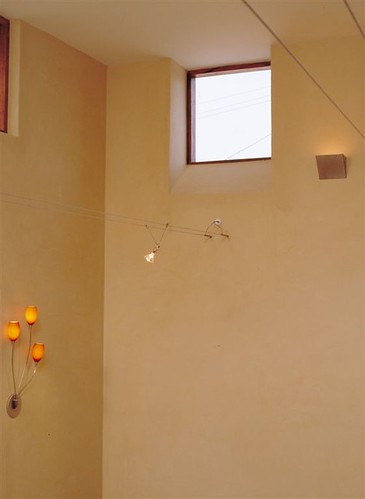
When it comes to achieving professional and flawless plastering results, using the right tools is essential.
The tools you use can greatly impact the efficiency and quality of your plastering projects.
In this comprehensive guide, we will explore the essential tools needed for successful plastering projects in New Zealand.
Whether you’re a DIY enthusiast or working with professional plasterers like Plasterers Auckland, having the proper tools at your disposal will ensure a smooth and satisfying plastering experience.
Basic Tools for Preparation
Before diving into the plastering process, it’s important to prepare your work area properly.
Basic tools for preparation include dust sheets and drop cloths to protect surfaces, masking tape and plastic sheeting for precise masking, putty knives and scrapers for removing loose debris, and sandpaper with sanding blocks for smoothing surfaces.
These tools create a clean and suitable base for plaster application.
Mixing Tools
Mixing plaster requires the right tools to achieve a consistent and workable mixture.
Plaster mixing buckets provide a convenient container for accurate measurements, while mixing drills or paddle mixers ensure thorough blending of plaster ingredients.
A plastering hawk and trowel are essential for efficient plaster distribution and application.
Application Tools
When it comes to applying plaster, specific tools are needed for a smooth and even finish.
Plastering trowels are used to apply and spread plaster on walls and ceilings, while corner trowels help achieve clean and precise corners.
Plasterer’s floats are used to level and smooth the surface, and jointing knives are necessary for creating seamless joints between plasterboard sheets.
Leveling and Smoothing Tools
Achieving a level and smooth plastered surface requires the use of specialized tools.
Feather edges are used to feather and blend plaster edges, ensuring a seamless transition between layers.
A plasterer’s darby or straightedge helps achieve a flat and level surface, while a plasterer’s brush assists in creating a textured finish.
Texturing and Finishing Tools
For those looking to add texture and decorative finishes to their plastered surfaces, certain tools come in handy.
Sponge floats are used to create various texture patterns, while texture rollers provide consistent and repeatable designs.
A plasterer’s comb is used to create decorative grooves and lines on the plastered surface.
Cutting and Shaping Tools
In some cases, you may need to cut or shape plasterboard or other materials during your plastering project.
Utility knives are essential for precise cutting, while plasterboard saws are specifically designed for cutting through plasterboard sheets.
Rasp files can be used for shaping and refining edges and corners.
Safety Equipment
Plastering projects involve handling potentially harmful materials, so proper safety equipment is crucial. Dust masks protect against airborne particles, safety goggles shield the eyes from debris, and gloves offer hand protection from abrasive materials and chemicals.
Equipment for Cleanup
After completing your plastering project, it’s important to clean up properly.
Buckets and sponges are useful for washing tools and surfaces, while scrub brushes can assist in removing stubborn plaster residue.
A vacuum cleaner or dust extractor is essential for thorough cleanup, ensuring a tidy work area.
Conclusion
Using the right tools is vital for successful plastering projects in New Zealand.
By investing in essential tools and working with professional plasterers like Plasterers Auckland, you can achieve exceptional results with confidence.
From basic preparation tools to specialized application and finishing tools, each tool plays a significant role in the plastering process.
So, equip yourself with the necessary tools, follow best practices, and enjoy the satisfaction of a job well done in your plastering endeavors.
